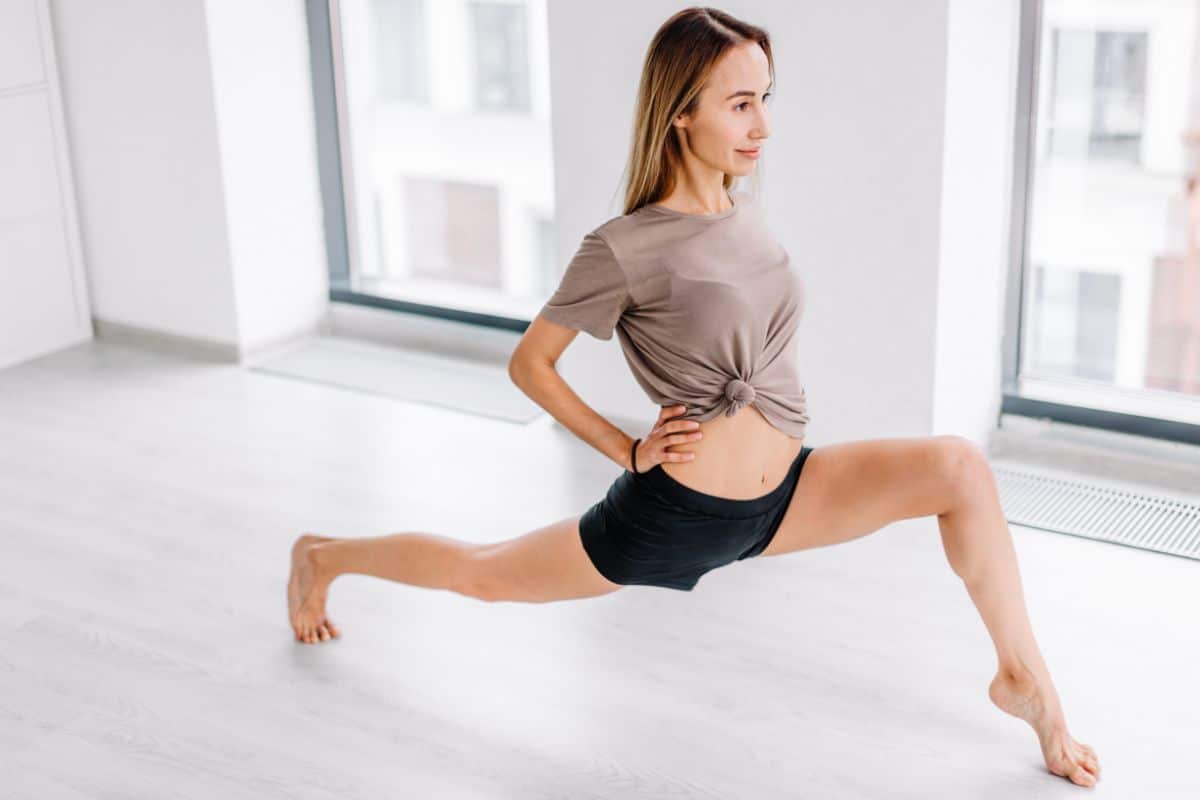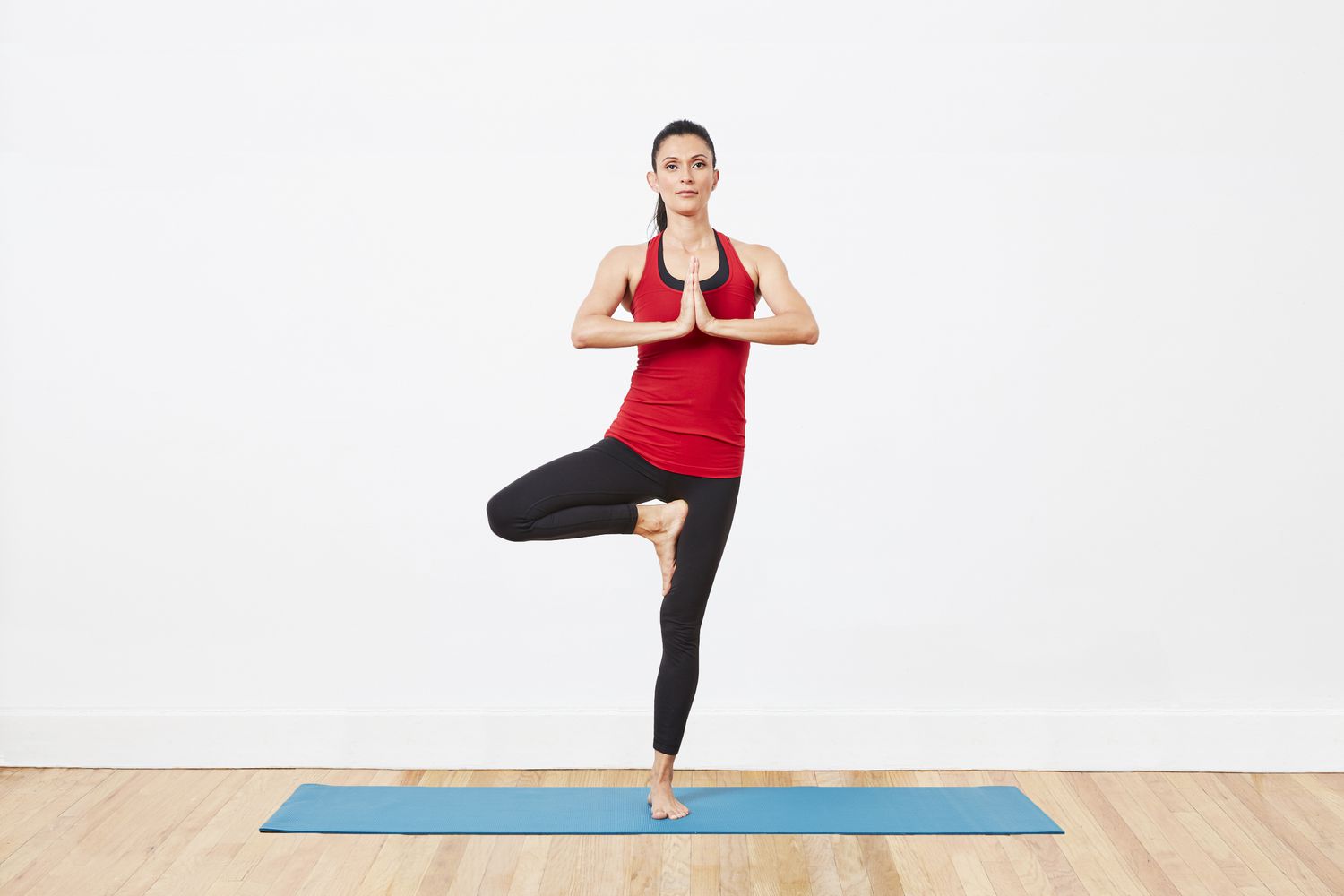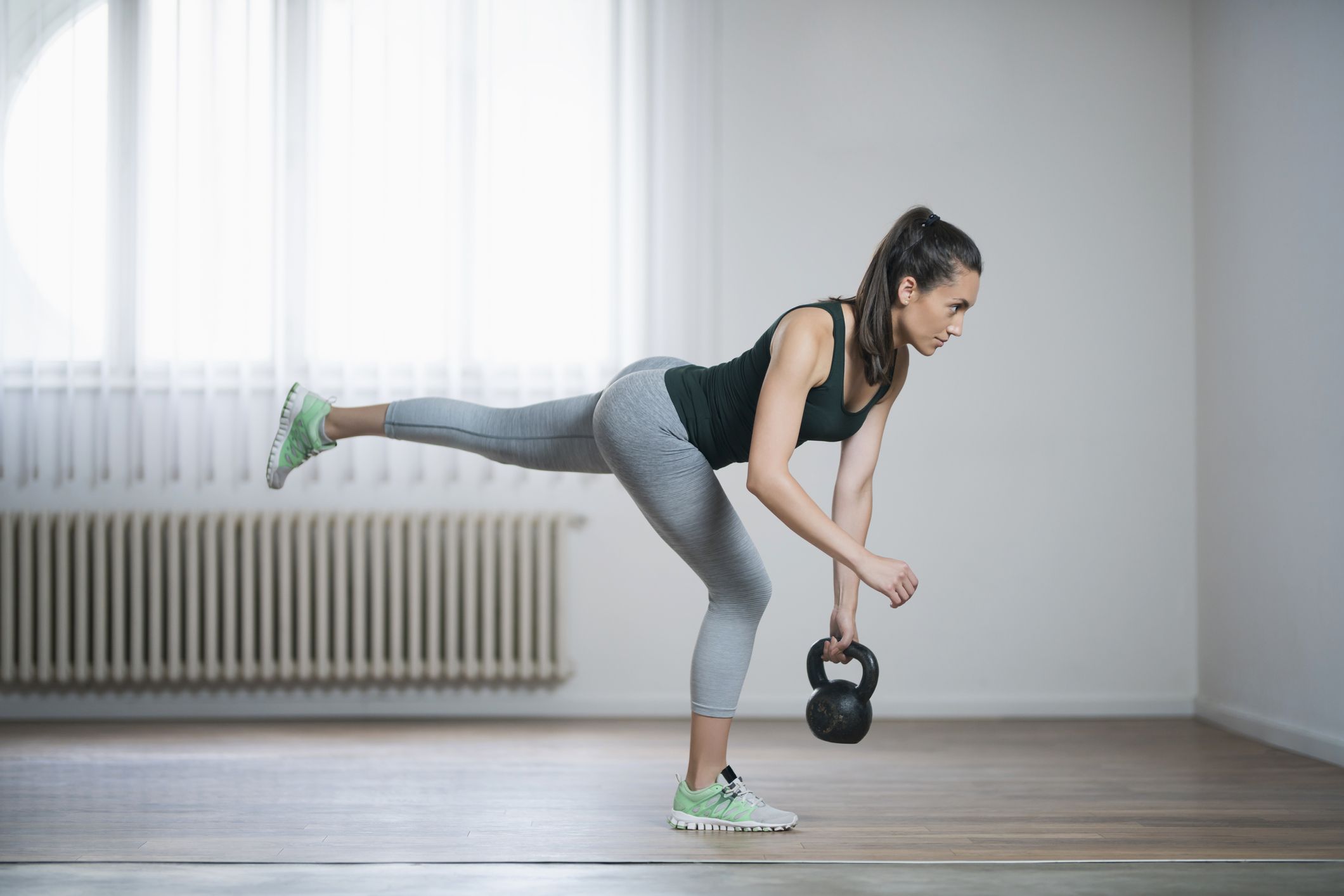Are you looking to improve your balance and overall physical strength? Whether you’re a young adult or an older individual, incorporating balance exercises into your routine can have significant health benefits. From enhanced athleticism to better posture, maintaining good balance is crucial for your overall well-being.

In this post, we’ll share with you the 15 best exercises to help you build better balance. These exercises are suitable for people of all ages and fitness levels.
Contents
- 1 15 Best Exercises For Balance
- 1.1 1. Standing on One Leg:
- 1.2 2. Heel-to-Toe Walk:
- 1.3 3. Balance on a Wobble Board or Bosu Ball:
- 1.4 4. Side Leg Raises:
- 1.5 5. Tai Chi:
- 1.6 6. Yoga:
- 1.7 7. Single-Leg Deadlift:
- 1.8 8. Marching in Place:
- 1.9 9. Pilates:
- 1.10 10. Step-Ups:
- 1.11 11. Banded Lateral Walks:
- 1.12 12. Single-Leg Reach:
- 1.13 13. Flamingo Stand:
- 1.14 14. Lunge with a Twist:
- 1.15 15. Single-Leg Squat:
- 2 Who Can Benefit From Balance Training?
- 3 Frequently Asked Questions
15 Best Exercises For Balance
Maintaining good balance is crucial for daily activities, preventing falls, and enhancing athletic performance. Balance exercises can benefit everyone, from seniors to athletes. Here are 15 exercises that are effective in improving balance:
1. Standing on One Leg:
Stand on one leg, holding the position as long as possible, then switch. This simple exercise improves stability and strengthens leg muscles.
2. Heel-to-Toe Walk:
Walking in a straight line, place your heel directly in front of the toe of the opposite foot. This mimics a tightrope walk and enhances coordination.
3. Balance on a Wobble Board or Bosu Ball:
Using a wobble board or Bosu ball challenges your balance and engages core muscles, improving both balance and strength.
4. Side Leg Raises:
Standing straight, lift one leg to the side without tilting your torso. This strengthens hip and outer thigh muscles, crucial for stability.
5. Tai Chi:
Tai Chi is a form of martial arts known for its health benefits, including improving balance and flexibility through slow, controlled movements.
6. Yoga:
Various yoga poses, such as Tree Pose or Warrior III, focus on balance and core strength, enhancing stability and flexibility.

7. Single-Leg Deadlift:
Balancing on one leg, bend forward at the hip, extending the free leg behind you for balance. This works the back, legs, and core.
8. Marching in Place:
Lift your knees high as you march in place, focusing on maintaining an upright posture. This simple exercise improves balance and coordination.
9. Pilates:
Pilates includes many exercises that focus on core strength, flexibility, and balance, such as the single-leg stretch or plank.
10. Step-Ups:
Step up onto a bench or stair, then step down, alternating legs. This strengthens legs and improves balance.
11. Banded Lateral Walks:
Place a resistance band around your legs and walk sideways. This strengthens hip and glute muscles, which are important for balance.
12. Single-Leg Reach:
Reach forward or to the side while balancing on one leg. This challenges your balance and strengthens the stabilizing muscles.
13. Flamingo Stand:
Stand on one leg while holding the other foot with your hand, similar to a flamingo. This improves balance and stretches the thighs.
14. Lunge with a Twist:
Perform a lunge, and then twist your torso to the side over the front leg. This adds a balance challenge to the traditional lunge.
15. Single-Leg Squat:
Stand on one leg and perform a squat, keeping the other leg off the ground. This advanced exercise improves balance, strength, and coordination.
Who Can Benefit From Balance Training?
Balance training exercises are beneficial for individuals of all ages and fitness levels. No matter your background or fitness goals, incorporating balance training into your routine can have a positive impact on your overall physical well-being. Here are some groups of people who can benefit from balance training:

1. Athletes:
Athletes can greatly benefit from balance training as it helps improve their performance in various sports. By enhancing stability and coordination, balance exercises can enhance their agility, power, and reaction time. This can lead to better on-field performance and reduced risk of injuries.
2. Seniors:
As we age, maintaining balance becomes increasingly important to prevent falls and maintain independence. Balance training exercises help seniors improve their stability and reduce the risk of falls. By strengthening core muscles and improving proprioception, balance training can help seniors stay active and enjoy a higher quality of life.
3. Fitness enthusiasts:
If you love exercising and staying fit, balance training can be a valuable addition to your routine. It not only enhances your overall stability and coordination but also improves your performance in other exercises. Whether you enjoy yoga, weightlifting, or group fitness classes, balance training can enhance your overall athleticism and make your workouts more effective.
4. Individuals recovering from injuries:
Balance training is often incorporated into rehabilitation programs for individuals recovering from sports injuries or accidents. By focusing on improving postural control and muscle strength, balance exercises aid in the recovery process and help prevent future injuries.
5. Anyone looking to improve overall well-being:
Even if you are not an athlete, senior, or recovering from an injury, incorporating balance training into your routine can still benefit you. It improves your overall stability, posture, and coordination, making you more functional in your day-to-day activities. Plus, it adds variety to your workouts and keeps them engaging and fun.
Frequently Asked Questions
Why is balance training important?
Balance training is important because it improves overall physical strength and well-being. It enhances athleticism, posture, stability, and coordination, and reduces the risk of injuries. Incorporating balance exercises into your routine can lead to a healthier, more active lifestyle for individuals of all ages and fitness levels.
How can older adults improve their balance?
Older adults can improve their balance by incorporating balance exercises into their routine. Simple activities such as marching in place, sidestepping, performing 1-leg stands, and sit-to-stand movements can help improve balance. Tai chi is also an effective method for improving postural stability and balance in older adults.
How long should one be able to balance on one foot?
Typically, a person in their 50s should be able to balance on one leg for around 40 seconds. Someone in their 60s is looking at 20 seconds, and someone in their 70s is around 10 seconds. Balancing on one foot is a good indicator of overall balance and stability.
Can balance training help with fall prevention?
Yes, balance training can help with fall prevention. By improving balance, stability, and coordination, individuals are less likely to experience falls and injuries. Regular practice of balance exercises can significantly reduce the risk of falls, especially in older adults.

Hello, I’m Ravindra. Over the years, I’ve immersed myself deeply into the world of fitness and health, transforming both my body and mind. Writing has allowed me to share my journey, insights, and expertise with those just starting out and seasoned fitness enthusiasts alike. Beyond just routines and diets, I believe in inspiring others to adopt a holistic approach to well-being.
